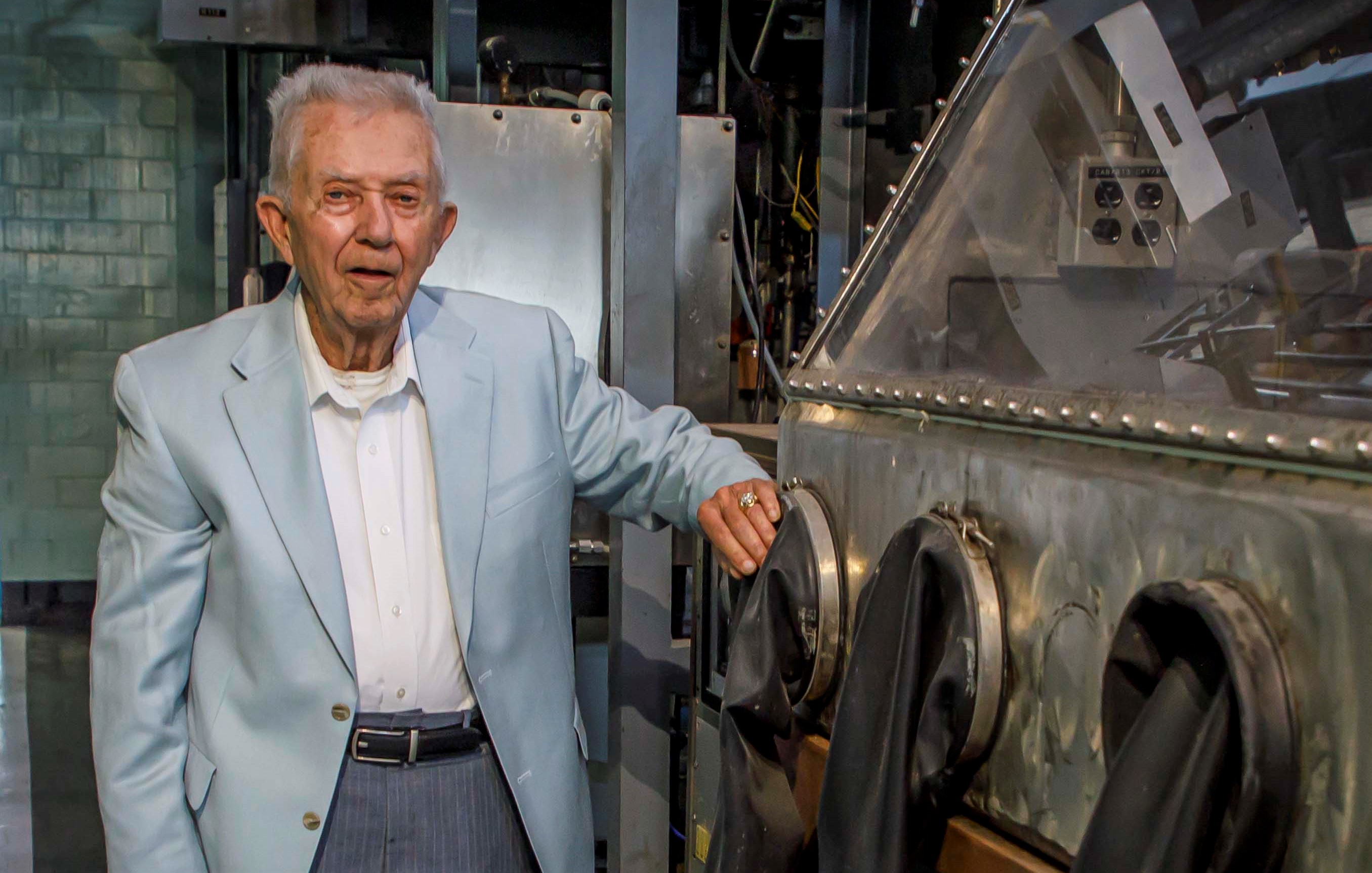
Bill Clark poses next to a glove box similar to one he worked with in the 1950’s
June 16, 1958: a day that is seared into Y-12’s history as the nation’s first nuclear criticality accident in a process facility. As the only remaining survivor of this accident, Bill Clark, now 90 years old, remembers it distinctly, and he recently returned to Y-12 for the first time since the mid-1960’s to share his story and to see how far the site has come in preventing similar accidents.
In 1958, Clark (referred to as “Employee H” in reports) worked as a chemical operator in the C1 Wing of Building 9212. On the day of the event, he was assigned to operate four EK evaporators approximately 50 feet from where the criticality occurred. Unbeknownst to him and others working that day, uranyl nitrate had been leaking through a valve in a temporary line connecting B1 and C1 wings.
At the time of the event, approximately 2:05 p.m., operators in C1 Wing were finishing an extensive inventory and cleanout process that took multiple shifts to complete. The final step before placing the system back into operation was to drain leak-test water from the pipes and safe tanks. However, the uranyl nitrate that had been leaking into the overhead pipes from B1 drained first, instead of water.
Clark recalls the moment the solution reached a sufficient level to react.
“I saw lightning bars zip-zip-zip across the ceiling going every which way,” he said. “I thought it was the welders and didn’t think anything of it. Then a fog started to descend in the room and the most God awful smell you can think of—worse than rotten eggs. That’s when the alarms went off.”
Clark’s story, and his return to Y-12, provide a stark reminder of the hazardous materials used every day across the Nuclear Security Enterprise—and the safety changes that have been put in place to prevent something similar from occurring today.
“The 1958 accident was an unfortunate event, but we learned a lot from it,” CNS Chief Nuclear Criticality Engineer Chris Haught said. “First and foremost we learned to keep large geometries out of areas where we process enriched uranium solutions. We also learned the importance of procedural control and conduct of operations. Most importantly, we learned to evaluate minor events and implement corrective actions to prevent a major event.” Fortunately for Clark he exited out the back door of C1 Wing instead of leaving his normal route, which would have taken him directly past the drum.
Everyone was instructed to start walking, Clark recalled, and they did not stop until reaching the Oak Ridge Skyway Drive-In Theater, roughly where Hobby Lobby is today. After sitting under a tree for multiple hours, Clark was instructed to get in line to have the film strip on his badge checked.
“That’s how they figured out where the accident happened,” Clark said. “We all started showing up with our film badges. I was 10 feet from the film checker when the meter hit the peg.”
It was that moment when Clark learned he had been exposed.
“I didn’t know I had been in a criticality when I was sitting under the tree,” he said. “I hadn’t felt nothing. I only knew what I had observed.”
Clark was rushed to the hospital for treatment.
“They gave me the most thorough scrub down of my life,” he said. “It felt like they were taking my skin off. They took blood from us. They took bone marrow from us.”
Exhaustive tests were done trying to determine how bad the accident was. In total, eight employees were exposed to high doses of radiation that day and all suffered long-term health effects including numerous forms of cancer. Clark endured multiple operations. To this day, he maintains a strict diet and takes a handful of medications every day to help him live. The radiation dosage levels received for each employee vary, but Clark accepts a 2002 estimate of 165 rem.
“We learned a lot of lessons from the 1958 accident,” Vice President of Mission Engineering Tony Boser said. “We’ve incorporated those lessons into our overall approach to safety at Y-12 through our procedures, our training, and in our engineering controls. All of these are designed to prevent another incident. But we can’t stop there. As we transform our site to meet our future mission demands, we are designing our facilities and our processes with the latest and most robust techniques to ensure safety in all aspects of our work. Both for our employees and our community at large.”
Following the interview, Clark re-lived his time at Y-12 with a tour of the plant. He shared stories of his work in Buildings 9201-4, 9201-5, 9204-2, and 9212. As a piece of advice to employees doing similar work today, Clark stressed the importance of wearing proper PPE.

Bill Clark is welcomed to Y-12 by NNSA Production Office employees nearly 65 years after being exposed to high levels of radiation during the 1958 Nuclear Criticality Accident.
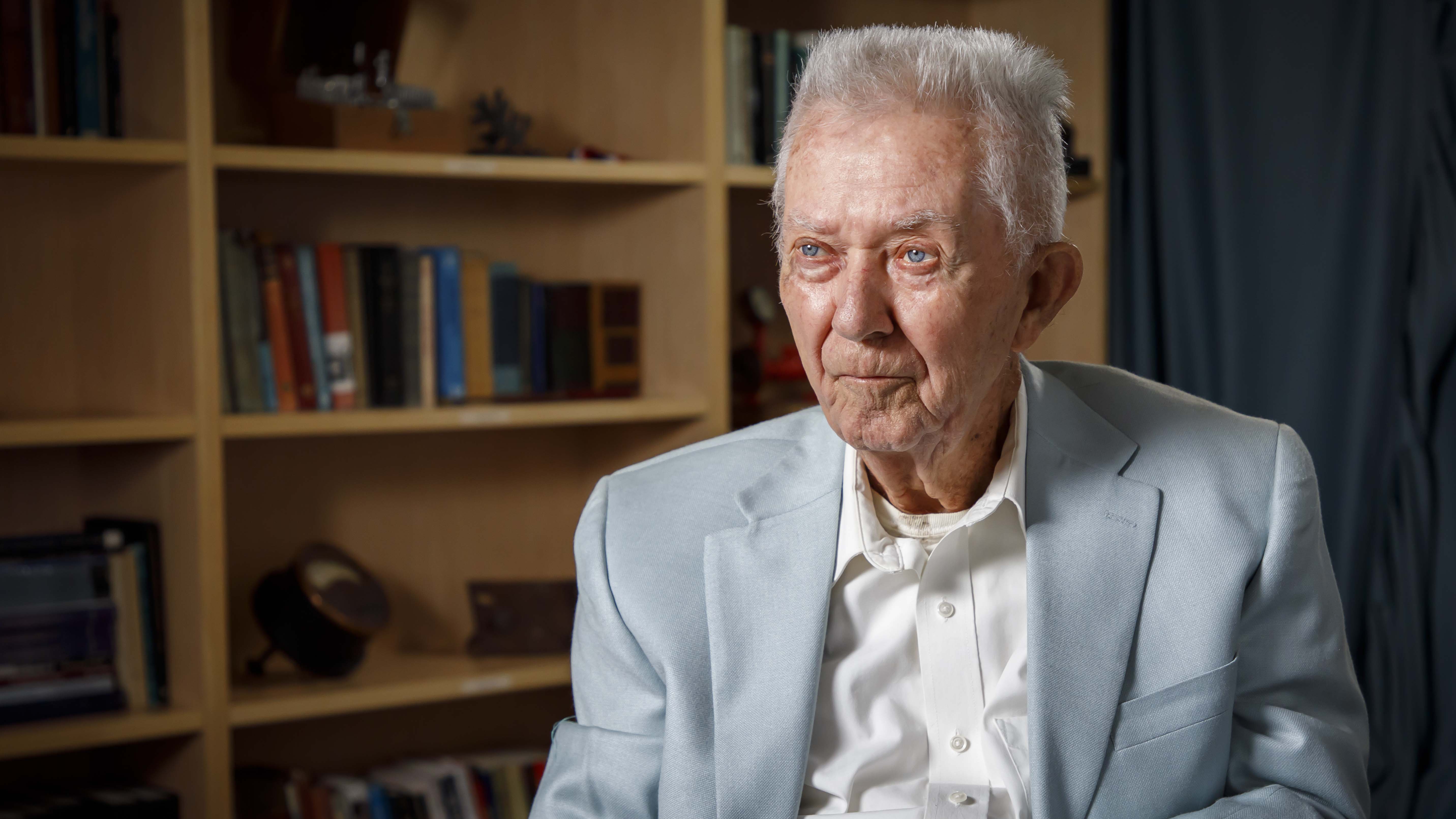
Bill Clark recalls his experiences during the 1958 Nuclear Criticality Accident
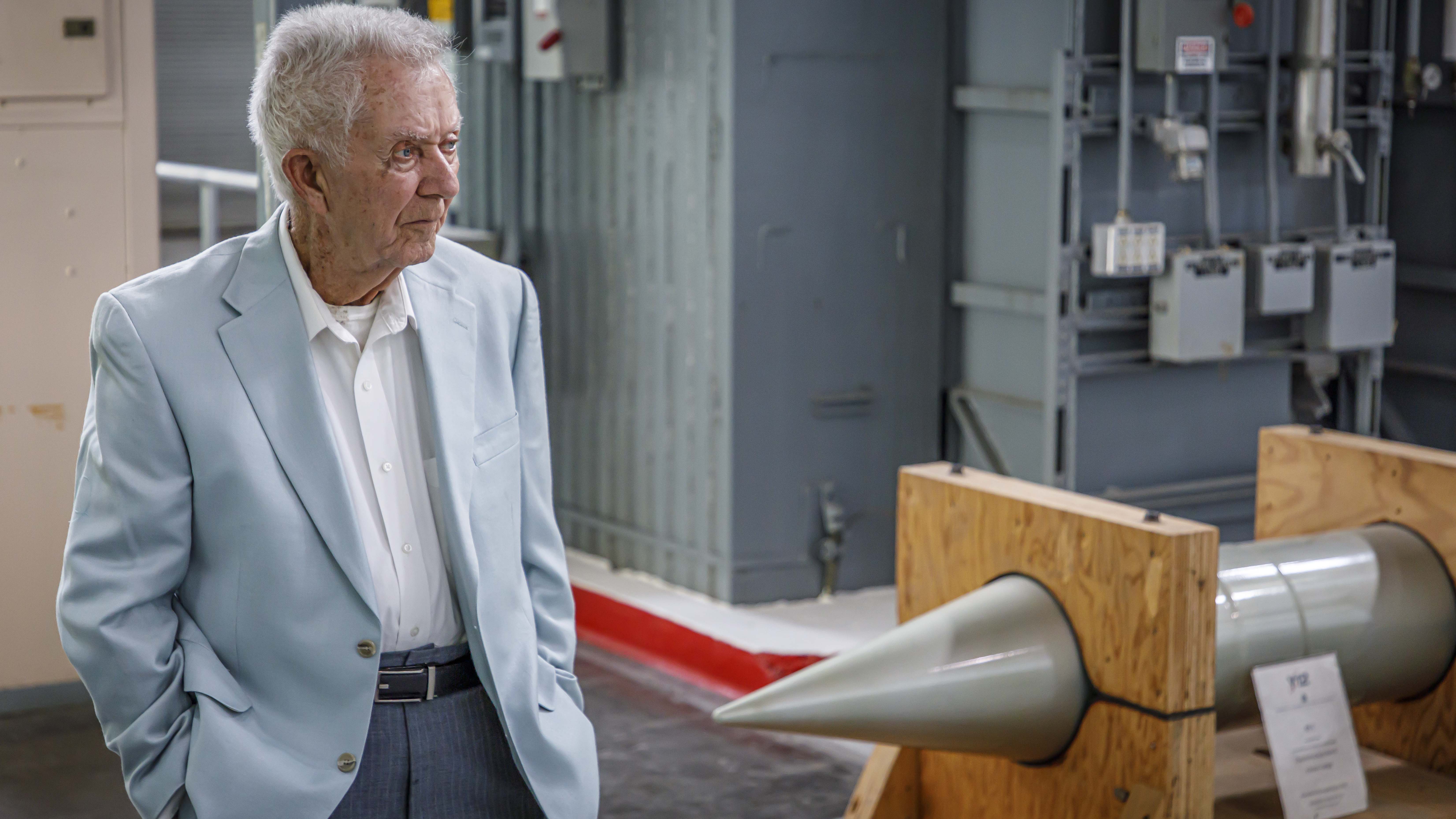
Bill Clark tours Building 9731, the first building complete at the Y-12 National Security Complex in 1943.
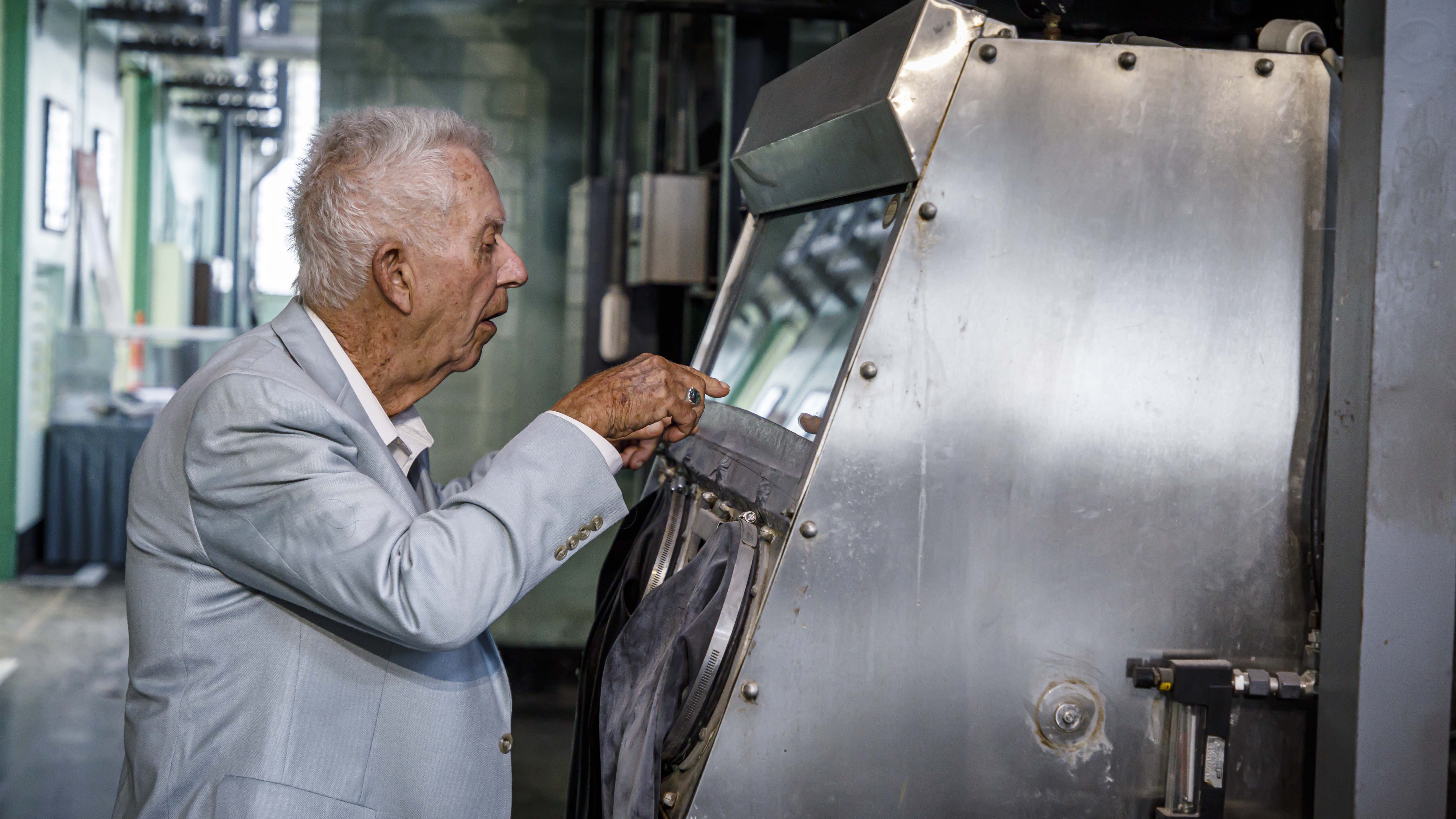
Bill Clark discusses work he did in a glovebox similar to what was used during the 1950’s.
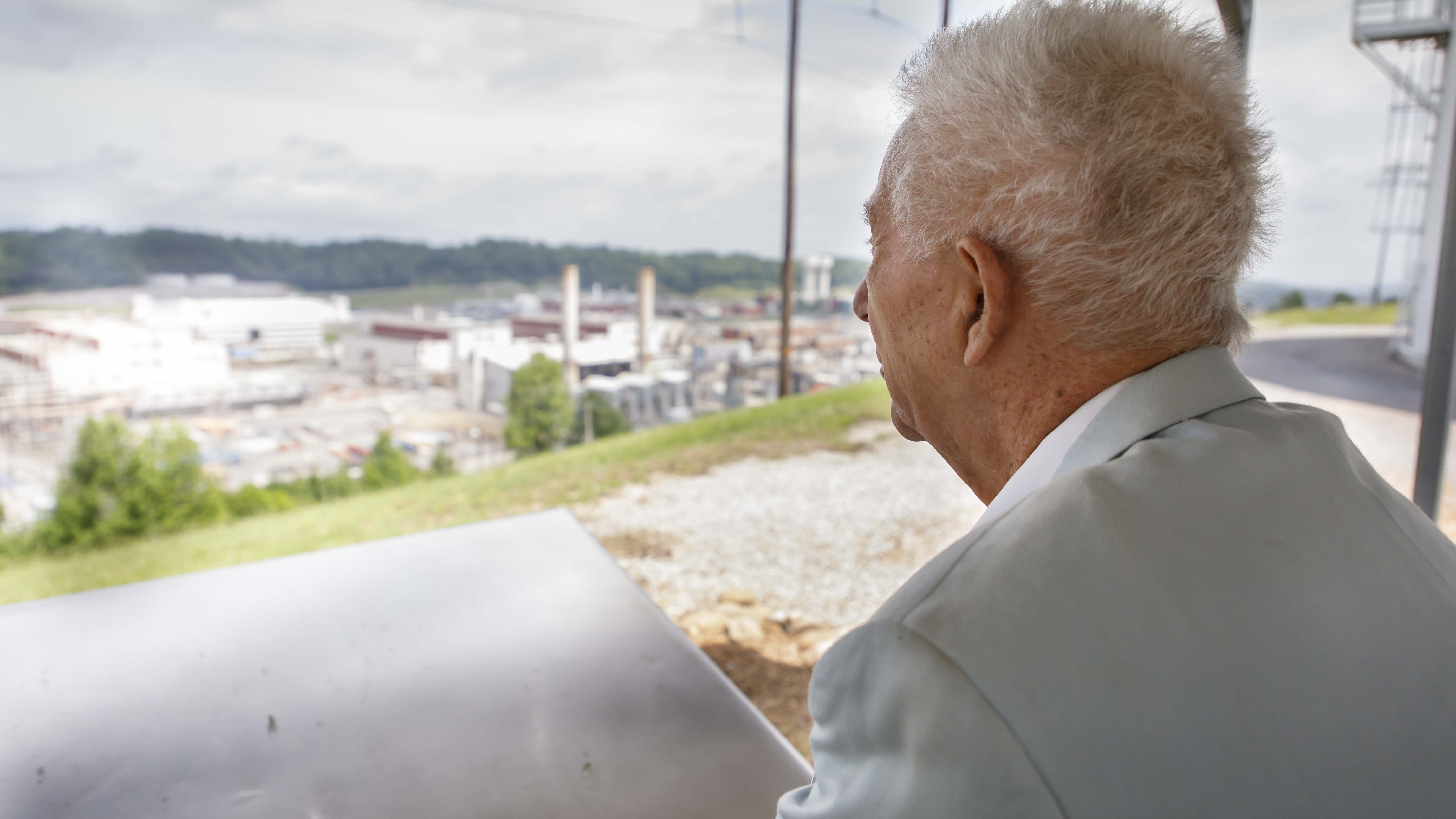
Bill Clark overlooks the Y-12 Plant while sharing stories of his work in various buildings

Building 9212 C1 Wing following the 1958 Nuclear Criticality Accident
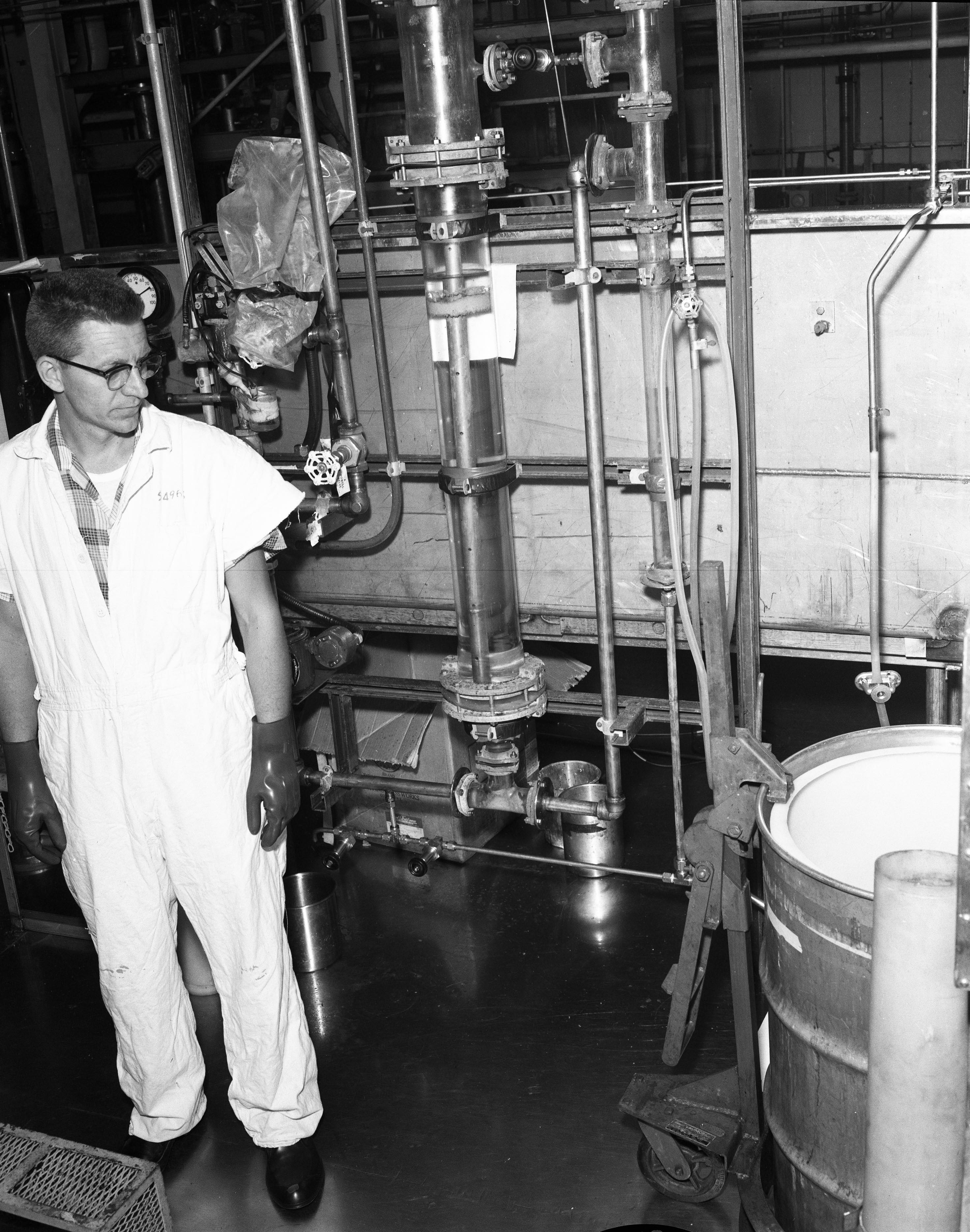
Re-enactment of employee “A” position in proximity of the drum at the time of the incident.

Re-enactment of positions employees in proximity of the drum at the time of the incident.